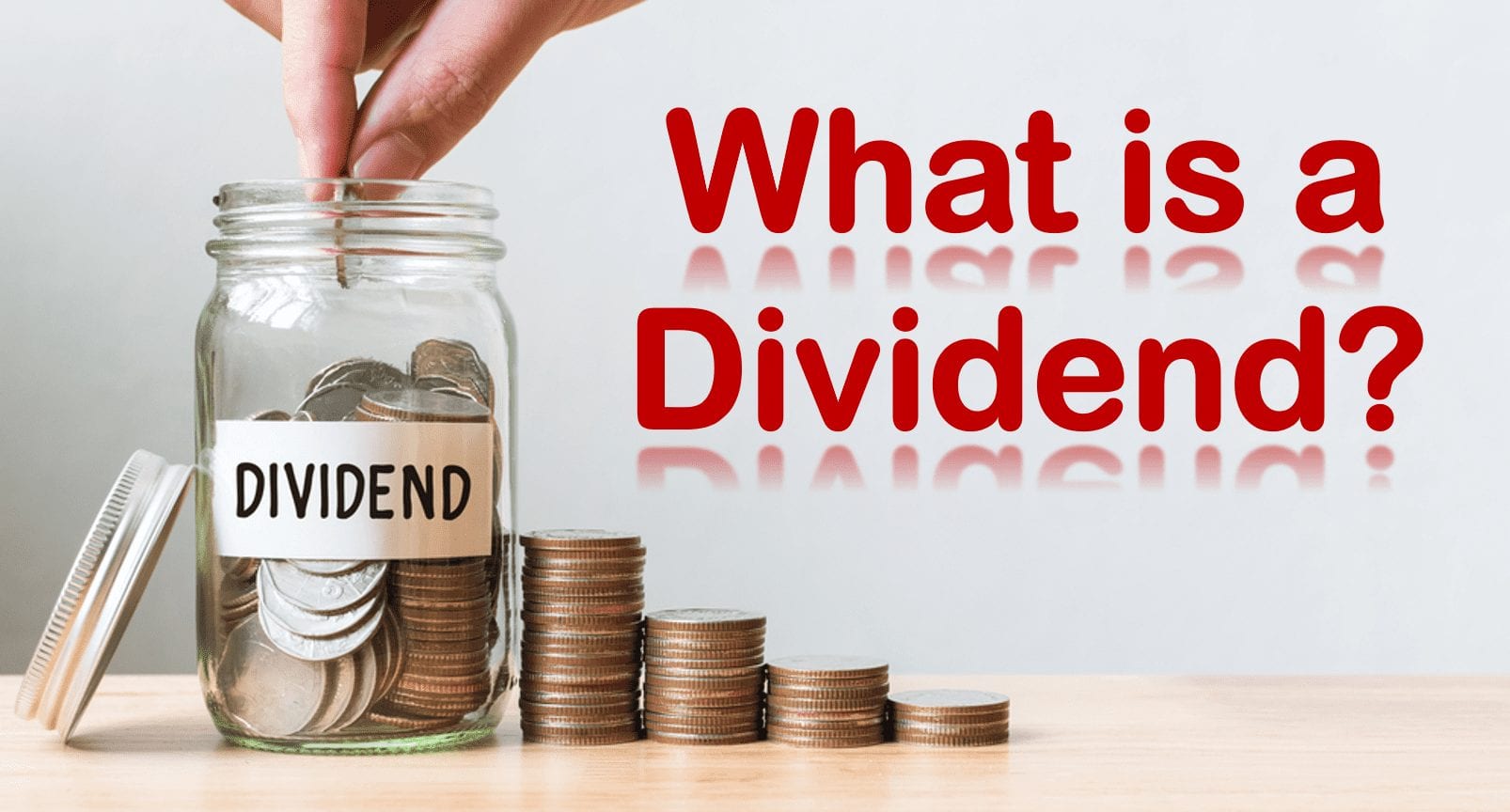Maximize Dividend Income: The Simple Strategy That Works

Table of Contents
Understanding Dividend Investing Basics
Before diving into strategies to maximize dividend income, it's crucial to understand the fundamentals.
Defining Dividends and Dividend Yield
Dividends are payments made by a company to its shareholders, typically from its profits. They represent a share of the company's earnings distributed to those who own its stock. The dividend yield is the annual dividend payment per share divided by the share price, expressed as a percentage. For example, if a stock pays a $2 annual dividend and its price is $50, the dividend yield is 4% ($2/$50 = 0.04). A higher yield generally indicates a higher dividend payout relative to the stock price.
Types of Dividend Stocks
Dividend stocks come in various forms, offering different payment schedules and risk profiles.
- Monthly Dividend Stocks: These provide a regular monthly income stream, ideal for consistent cash flow.
- Quarterly Dividend Stocks: The most common schedule, paying out four times a year.
- Annually Dividend Stocks: Pay dividends once a year.
Beyond the payment schedule, you'll find different types of dividend stocks:
- High-Yield Dividend Stocks: Offer a high dividend yield but may carry higher risk.
- Growth Dividend Stocks: Companies focused on increasing both their earnings and dividends over time, offering a balance between income and capital appreciation.
- Blue-Chip Dividend Stocks: Large, well-established companies with a long history of consistent dividend payouts, often considered less risky.
Assessing Dividend Sustainability
Before investing, carefully evaluate the sustainability of a company's dividend payments. Key metrics include:
- Payout Ratio: The percentage of earnings paid out as dividends. A high payout ratio (above 70%) might signal potential future dividend cuts.
- Debt-to-Equity Ratio: Indicates a company's financial leverage. High debt levels can threaten dividend sustainability.
- Free Cash Flow (FCF): Measures the cash a company generates after covering operating expenses and capital expenditures. Strong FCF is essential for consistent dividend payments.
- Earnings Growth: Consistent earnings growth supports sustainable dividend increases.
Building a Diversified Dividend Portfolio
To mitigate risk and maximize dividend income, build a diversified portfolio across various sectors and industries.
Diversification Strategies
Don't put all your eggs in one basket! Diversification reduces the impact of poor performance in one sector. Consider diversifying across:
- Sectors: Technology, healthcare, consumer goods, financials, etc.
- Market Capitalization: Include large-cap, mid-cap, and small-cap stocks for varied growth potential and risk profiles.
- Geographies: Investing internationally further diversifies your risk.
Choosing the Right Dividend Stocks
Selecting dividend stocks requires thorough research. Consider:
- Dividend History: A consistent track record of dividend payments is crucial.
- Dividend Growth: Look for companies with a history of increasing their dividend payments over time.
- Company Growth Potential: Invest in companies with strong growth prospects to ensure future dividend increases.
- Researching companies thoroughly using reputable financial websites and publications.
- Utilizing stock screeners to filter stocks based on your criteria (e.g., dividend yield, payout ratio, market cap).
- Following financial news and analysis to stay updated on company performance and industry trends.
Asset Allocation
Balancing dividend stocks with other investments, such as bonds or Exchange Traded Funds (ETFs), is essential for overall portfolio stability. Asset allocation depends on your risk tolerance and financial goals.
Reinvesting Dividends for Growth (DRIP)
Dividend Reinvestment Plans (DRIPs) allow you to automatically reinvest your dividend payments to purchase more shares of the same company. This powerful tool accelerates compounding growth.
- The Power of Compounding: Reinvesting dividends allows you to earn dividends on your dividends, leading to exponential growth over time. The earlier you start, the greater the impact of compounding.
- Pros of DRIPs: Simplicity, automatic investment, and compounding benefits.
- Cons of DRIPs: Potential for lower liquidity and brokerage fees (though many DRIPs are commission-free). DRIPs are most beneficial for long-term investors seeking significant growth.
Monitoring and Adjusting Your Dividend Portfolio
Maximizing dividend income isn't a "set it and forget it" strategy. Continuous monitoring and adjustments are key.
Regularly Reviewing Your Holdings
Regularly review your portfolio's performance, focusing on:
- Dividend yields of your holdings
- Changes in payout ratios
- Overall market conditions
- Company-specific news
Adapting to Market Changes
Market conditions and economic factors constantly influence dividend payouts. Be prepared to adjust your portfolio based on:
- Economic downturns: Diversify to mitigate losses.
- Rising interest rates: May impact dividend yields.
- Company-specific challenges: Be ready to sell underperforming stocks.
Tax Implications of Dividend Income
Dividend income is generally taxed as ordinary income, so understanding the tax implications is important for optimizing your overall return. Consider consulting a tax professional for personalized advice.
Conclusion
Maximizing dividend income involves a strategic combination of diversification, reinvestment, and ongoing portfolio monitoring. By understanding dividend basics, building a well-diversified portfolio, utilizing DRIPs, and regularly reviewing your holdings, you can steadily grow your passive income stream. This simple yet effective strategy provides a path to financial stability and long-term wealth building. Start maximizing your dividend income today! Use these simple strategies to build a strong, passive income stream and secure your financial future. For further resources, explore reputable financial websites and consider consulting a financial advisor.

Featured Posts
-
 Crazy Rich Asians Tv Series Jon M Chus Max Adaptation
May 11, 2025
Crazy Rich Asians Tv Series Jon M Chus Max Adaptation
May 11, 2025 -
 Analyse Du Marche La Resistance De L Euro Face Aux Tensions Geopolitiques
May 11, 2025
Analyse Du Marche La Resistance De L Euro Face Aux Tensions Geopolitiques
May 11, 2025 -
 Economic Impact Of Perus Emergency Mining Ban On Gold A 200 Million Loss
May 11, 2025
Economic Impact Of Perus Emergency Mining Ban On Gold A 200 Million Loss
May 11, 2025 -
 Crazy Rich Asians Tv Show Officially In Development At Hbo Max
May 11, 2025
Crazy Rich Asians Tv Show Officially In Development At Hbo Max
May 11, 2025 -
 Researching Debbie Elliott
May 11, 2025
Researching Debbie Elliott
May 11, 2025
